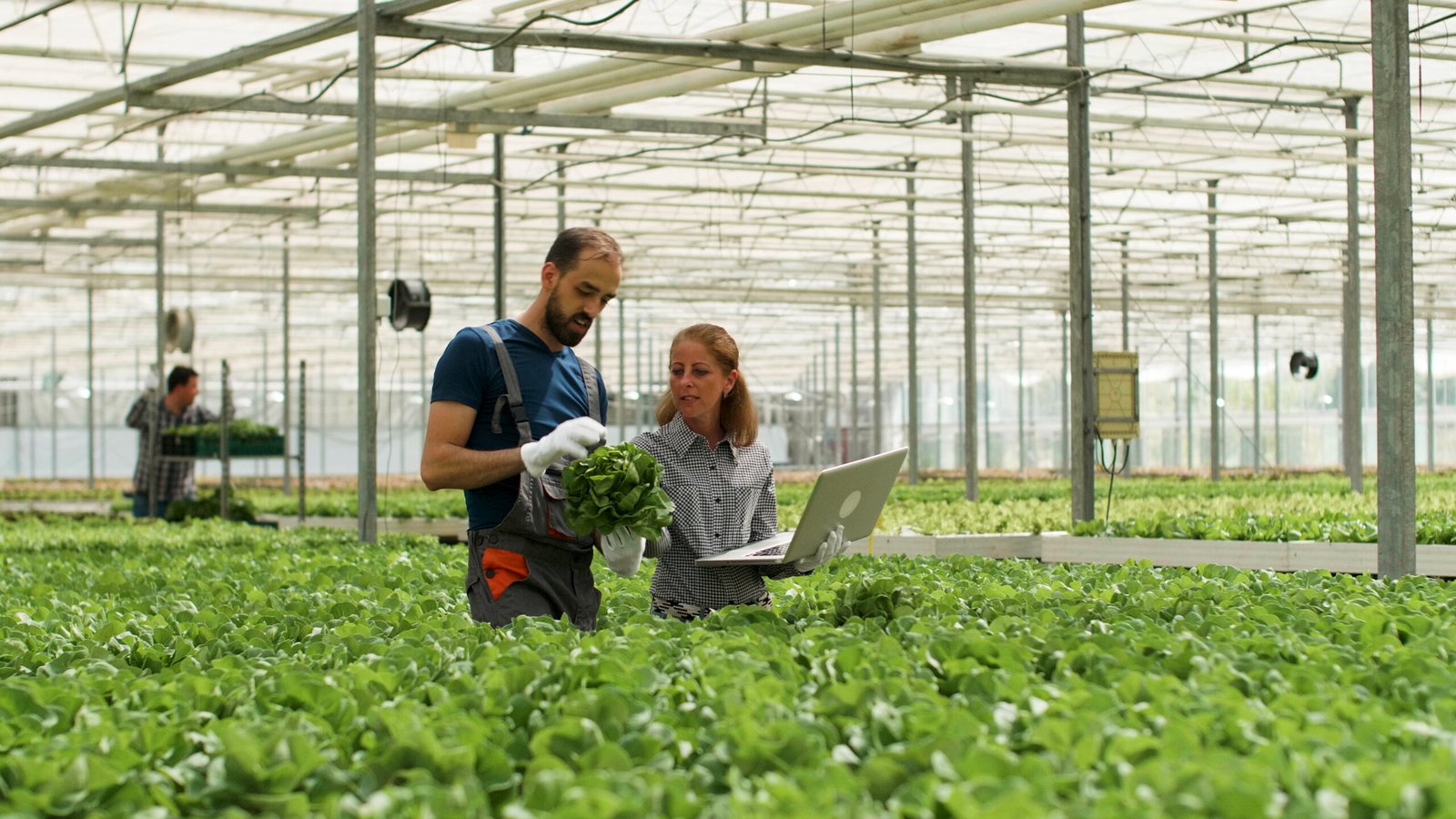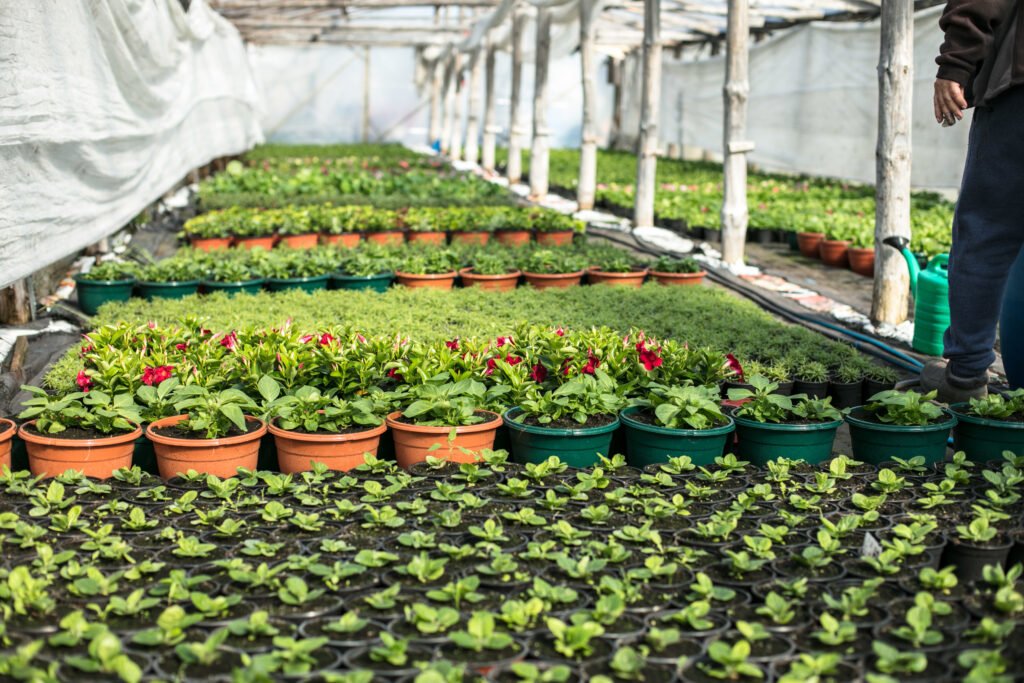Hydroponic Farming
Sustainable Growth in Agriculture and Horticulture | India’s Roadmap to Food Security and Farmer Prosperity

India’s Horticulture and agricultural industries are about to embark on a new phase of change. In order to build a resilient, farmer-first ecosystem, the government and business players are stepping up their efforts in the areas of sustainability, technology, and reforms in response to the twin stresses of climate change and global food security.
By 2025, the focus will shift from just raising yields to bolstering the agri-horti value chain as a whole, from crop diversity to export prospects, and from soil health to supply chain logistics.

🌱 The Significance of Agriculture and Horticulture Today
Over 50% of the rural workforce is employed in agriculture, which accounts for roughly 18% of India’s GDP and makes it the world’s second-largest producer of fruits and vegetables. For a number of years, the horticulture industry alone has surpassed the production of food grains, establishing itself as a vital component of rural income and nutritional security.
- But farmers still have to deal with issues like:
- Degradation of the soil and water shortage
- Market turbulence and losses after harvest
- Disjointed land holdings and restricted financial resources
- Absence of infrastructure for export, processing, and storage
By tackling these issues via investment, innovation, and integrated support networks, these sectors may be strengthened.
🌾 Reforms Fueling Sectoral Development
In order to increase agricultural and horticultural production and profitability, the Indian government is implementing a number of reforms via ministries including MoA&FW and MoFPI. Important projects consist of:
- Fasal, PM Bima Yojana 2.0: enhanced crop insurance for horticulture and field crops
- The Mission for Integrated Development of Horticulture (MIDH) provides targeted assistance for the production of fruits, vegetables, and spices.
- Agri-Infrastructure Fund: funding warehouses, cold chains, and connections to rural markets
- Export-oriented production zones are made possible by the Horticulture Cluster Development Programme (CDP).

A closeup shot of plants in flowerpots – perfect for background
Climate-smart, tech-enabled farming
Technology is changing how Indian farmers cultivate and manage their crops, from solar-powered pumps and drip irrigation systems to IoT sensors and AI-powered crop diagnostics.
Precision horticulture is reducing input costs and improving water-use efficiency by up to 40% in places like Maharashtra and Karnataka. Smallholder farmers are also benefiting from direct connections to buyers and financial services made possible by digital platforms such as e-NAM and AgriStack.
“We’re making agriculture not only productive but sustainable by providing farmers with real-time data,” says Dr. Kiran Patel, an agri-tech expert with NABARD.
Improving Exports and Post-Harvest Management
Post-harvest losses, which may range from 20 to 40 percent, particularly for perishables, have been one of the largest challenges in both horticulture and agriculture. In order to address this, fresh funds are being allocated to:
- Reefer transportation and cold storage units
- Food parks and agri-processing facilities
- FPOs (Farmer-Producer Organizations) for marketing and value addition
- Councils for export promotion focusing on ASEAN, GCC, and EU markets
The outcome? Thanks to logistical assistance, traceability, and quality requirements, Indian spices, mangoes, and bananas are exporting at unprecedented rates.
Strengthening the Foundation: Women Farmers and Smallholders
Small and marginal farmers, who comprise more than 85% of India’s agricultural population, are also receiving special attention. The goal is to guarantee that they take part in and profit from the emerging agri-horti economy via SHGs, cooperatives, and digital inclusion.
In a number of states, women farmers are spearheading horticultural projects, running nurseries, organic vegetable farms, and agribusinesses backed by the National Rural Livelihood Mission (NRLM).
📈 Towards the Future: What Does Indian Horticulture and Agriculture Hold?
India’s plan for a strong and long-lasting agri-horti industry includes:
- Growing regenerative and natural farming
- increasing the area used for sheltered farming (polyhouses, greenhouses)
- Encouragement of agri-export centers close to manufacturing clusters
- Improving climate-resilient agricultural research and development
- Promoting innovation via public-private partnerships
According to agricultural economics specialist Prof. R.K. Sharma, “improving agriculture and horticulture isn’t just about growth—it’s about food security, farmer dignity, and national prosperity.”
🙋♂️ Top 5 FAQs: Boosting India’s Horticulture and Agriculture
1. What distinguishes horticulture from agriculture?
Horticulture is a subcategory of agriculture that focuses on growing fruits, vegetables, flowers, and decorative plants. Agriculture encompasses all crop and animal cultivation. Horticulture is often more valuable and tends to need more intense maintenance.
2. How does the Indian government assist horticulture?
By providing subsidies for planting materials, protected cultivation, post-harvest management, and export facilitation, the government promotes horticulture via programs including MIDH, PMKSY (Micro Irrigation), and CDP.
3. How does technology affect horticulture and agriculture today?
Drones, agri-sensors, drip irrigation, and smartphone applications are examples of technological technologies that assist farmers maximize water use, identify pests early, enhance soil health, and access real-time market pricing.
4. What role do women play in India’s horticultural industry?
In addition to running nurseries and SHGs and cooperatives that concentrate on processing and selling horticultural products, women are in charge of organic vegetable cultivation. They are essential to the economic empowerment of rural areas.
5. Which horticultural crops are valuable to Indian farmers?
Because of their great potential for export and strong local demand, crops including mango, pomegranate, banana, tomato, capsicum, and floriculture plants are regarded as high-value.












